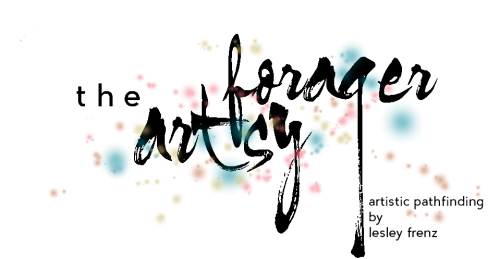“I love going out of my way, beyond what I know, and finding my way back a few extra miles, by another trail, with a compass that argues with the map…nights alone in motels in remote western towns where I know no one and no one I know knows where I am, nights with strange paintings and floral spreads and cable television that furnish a reprieve from my own biography, when in Benjamin’s terms, I have lost myself though I know where I am. Moments when I say to myself as feet or car clear a crest or round a bend, I have never seen this place before. Times when some architectural detail on vista that has escaped me these many years says to me that I never did know where I was, even when I was home.”
-Rebecca Solnit, A Field Guide to Getting Lost
I arrived in Toronto, ON at well past midnight. The nights have become my most favorite times both on and off of Toronto Island, where I was a resident artist for the first two weeks of August at Artscape Gibraltar Point Centre for the Arts. I was greeted during my first twenty-four hours in my travels by painter, Genevieve Robertson, carpenter and leather worker, Shane Trudell, and of course Finn, their trusty marble-eyed hound. Robertson is a community-based visual artist and painter who paints abstract landscape paintings. We first met in 2012, when we were in residence at The Homestead in Willow, Alaska. It was here that we bonded over a mutual obsession with Payne’s grey, mountains, migration, and abstraction. We began what is now a collaborative, durational project entitled Call and Response.
Binary, 2014
As day became evening during my first twenty-four hours residing and working on Toronto Island, I made my way over to the Toronto Island Fire Parade, an annual celebration organized by Shadowland Troupe. By far, this had to be the best introduction to a locale and residency that I have encountered at this time. The fire had to be at least 25 feet tall, which, we arrived at after following a troupe of paper lantern wielding gymnasts who fire danced as a crowd of onlookers followed them to the beach. Later in the evening as young beach dwellers took to splashing in the blue-black lake, samosas in a pan rested over the coals of what once was the raging bonfire. The sparks flew up as we prodded the glowing coals with sticks and added logs to the fire to keep it going. Not that the fire needed much encouragement.
“Could you paint that campfire?” … “No, it is too beautiful.”, 2014
Lake Ontario appeared to push forward, endlessly into the night, and the moon and stars were covered by clouds. Everything glowed orange, yellow, and red, as light reflections danced across the water’s surface. Everything was at once open and insulated. As I walked away from the fire that night and into the darkness, all felt surrounded in blackness and the soft sounds of laughter and ocean. My walk back to studio was shrouded in green leafy trees whispering softly as if in conversation with the waters that sloshed rhythmically in the distance. This was how my trip began and I thought of Alex Katz’s night paintings. Of temporality, ephemerality, the fleeting nature of night, and the intense shroud that night surrounds you in: a veil that encompasses both comfort and uncertainty.
The days that followed were filled with planning and making. Robertson and I prepared ten works from our Call and Response series for the opening at Milk Glass Co. Since meeting at The Homestead, we had mailed each other small triangular paintings and responded to what was sent by the other. A result of this on-going durational project is some 40 sets of triangles that represent a painterly dialogue between Robertson and myself over the course of two years.
Exhibition install at Milk Glass Co., Toronto, ON, Canada
Images courtesy Genevieve Robertson and Stephanie Clark
Exhibition install at Milk Glass Co., Toronto, ON, Canada
Image courtesy Genevieve Robertson and Stephanie Clark
I spent three days in Toronto aiding in the install of the show. After the opening and a few days spent in the city, I returned to the Island and my studio.
The air on Toronto Island was often thick with water and rain. Through the tall windows of my studio at Gibraltar Point Centre for the Arts—which was once a classroom—I could see the full trees. As I made my way to the shore in the early mornings and late evenings, I watched the gulls migrate in traffic patterns across the skies while drifting on air currents. During these evenings, the sun receded into the horizon again and again and night beckoned. The fires along the beaches jumped and popped, exploding into the night’s cool and heavy air. These were nights filled with campfire smoke, hazy purples, murky blackish blues and clean, deep blueish greens that were bordered by horizons that seemed to stretch deeply. It is a darkness that at once retreats and pushes forward into the distance.
Thanks so much, Stephanie for sharing your experience with us! If you’d like to see more of Stephanie Clark’s work, please visit her website. You can also read my thoughts on the Call and Response series in this post, just in case you missed it!











